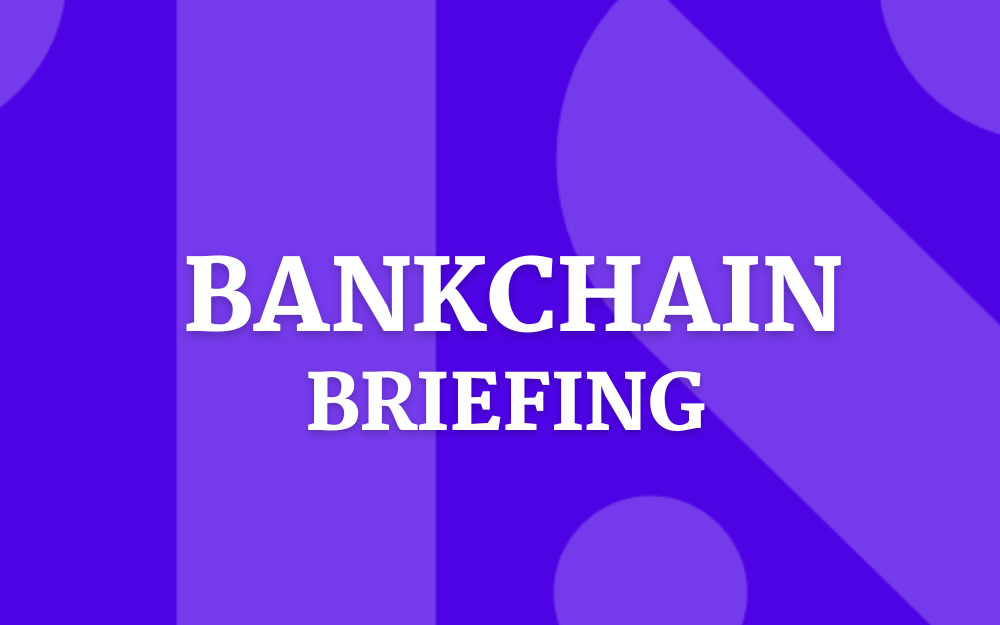Blockchain and Crypto, Member Exclusive
Bankchain Briefing: Banks onboard the blockchain train
- The lawsuits and insults season is in full swing within the unregulated cryptocurrency space.
- But cryptocurrency is just one facet of blockchain technology. Tearsheet asked experts for commentary on how traditional banks are experimenting with blockchains.








